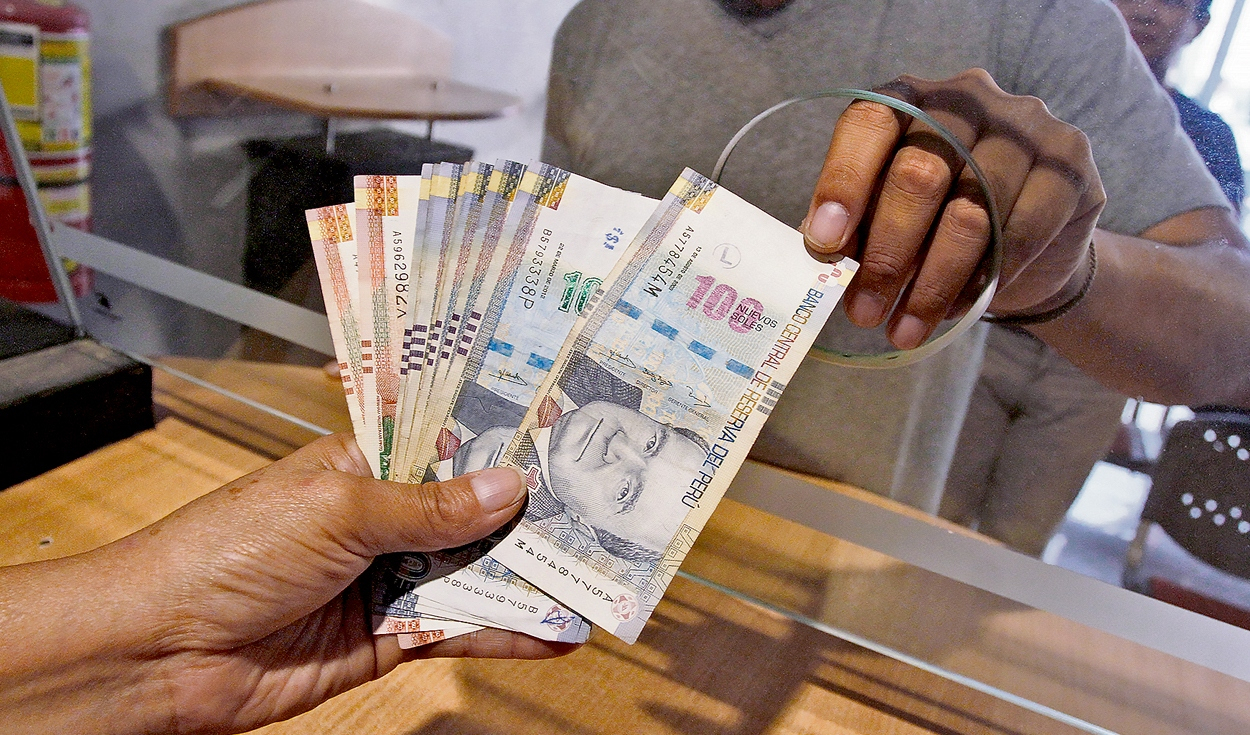
Compensation for Time of Service (CTS) is a social benefit deposited twice a year and that protects workers registered in payrolls if they resign or are fired. In this regard, Law No. 31480 enacted in 2022 authorizes them to release up to 100% of their CTS funds, but until when can they do so? In this note, we clear up this doubt and show you the procedure so that you can dispose of your money without problems.
CTS 2023: until when can I withdraw this extra money?
According to Law 31480, which was approved in May 2022, workers have a maximum term of December 31, 2023 to withdraw 100% of the deposits accumulated in their CTS. After that date, if an extension has not been approved, workers are prevented from accessing said money until their relationship with the employer ends.
Remember that companies pay the CTS twice a year. The first one was already deposited in May and the next one will be in November. In this sense, the amount may vary depending on the time worked in the company and the salary you receive.
CTS 2023: how do I calculate the extra money I will receive?
To calculate the amount of Compensation for Time of Service that corresponds by law to workers on the payroll, you must consider the computable remuneration. This refers to the basic remuneration, the family allowance (if applicable), all the overtime hours of the last semester divided by six and the bonus.
For example, if the worker earns the minimum vital wage that amounts to S/1,025, the calculation would be as follows:
- Remuneration for considering: S/1,025
- 1/6 bonus: S/170.83
- Service time: six months
The sum of these amounts is equivalent to S/1,195.83 which is divided by two and the final result for CTS is S/597.92. In the event that you want to make a faster calculation of the amount of your CTS, you can review the calculator of La República.
CTS 2023: what are the steps to withdraw this extra money?
If a worker decides to withdraw their CTS, they can do so in person or through virtual means at the bank, finance company, municipal fund or where this compensation is deposited. Next, consider these steps:
- Send a request to the financial institution where your CTS is deposited. If the procedure is in person, go to the bank and use its ATMs, window or talk to an advisor, carrying your ID and account card.
- Specify if you want to make a partial or total withdrawal of the money in the CTS, as well as the account in which you want to receive the payment.
- Once you receive the request, the financial institution has a period of two business days to transfer the money to the indicated account.
- Remember that the withdrawal can be total or partial in your respective CTS deposit account. In the event that you want to transfer your money to another account, you can do so through transfers to an account in the same bank or an interbank account.
CTS 2023: when will you make the next deposit?
According to Sunafil, the CTS is paid within the first 15 days in the months of May and November:
- From November 1 to April 30: May deposit.
- From May 1 to October 31: November deposit.
In other words, on Wednesday, November 15 of this year, the deadline for employers to deposit the Compensation for Service Time (CTS) to their workers expires.
CTS 2023, who is not entitled to receive this amount?
According to law, you are not entitled to receive the payment of Compensation for Time of Service:
- Workers who work less than four hours a day.
- Workers who receive full annual remuneration.
- Those who receive 30% or more of the rates paid by the public.
- Workers of the agricultural labor regime who have chosen to collect their CTS together with their remuneration (Law 30110 and DS 005-2021-Minagri).
- The workers of the microenterprise hired after the registration of the company in the REMYPE.
Source: Larepublica
Alia is a professional author and journalist, working at 247 news agency. She writes on various topics from economy news to general interest pieces, providing readers with relevant and informative content. With years of experience, she brings a unique perspective and in-depth analysis to her work.












